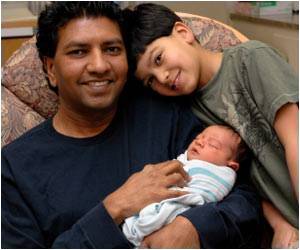Updated policy statement making recommendations and highlighted gaps in knowledge about the treatment of children in urgent care centers was issued by the American Academy of Pediatrics.
Updated policy statement making recommendations and highlighted gaps in knowledge about the treatment of children in urgent care centers was issued by the American Academy of Pediatrics. Led by Gregory Conners, MD, MPH, MBA, Chief of the Division of Emergency and Urgent Care at Children's Mercy Hospital, the AAP Committee on Pediatric Emergency Medicine published "Pediatric Care Recommendations for Freestanding Urgent Care Facilities" in the May 2014 issue of the journal
Pediatrics.
The Urgent Care Association of America estimates that urgent care centers provide care for more than 150 million adult and pediatric visits every year in the United States. According to the policy statement, while the treatment of children at freestanding urgent care facilities is becoming widespread, research on its nature, scope, quality and outcomes remain limited. The updated policy statement offers new guidance on how urgent care providers can enhance their services for children and become a safer, more effective adjunct to a child's primary care provider.
"To make this model successful, we need a basic research and education in what is working and what is not when it comes to the treatment of children in urgent care centers in the United States," said Dr. Conners. "We need to clearly define when urgent care is appropriate for children and make sure it is well integrated with the child's primary care."
According to the updated statement, urgent care facilities serving children should be able to provide timely evaluation and stabilization, and initiate transfer of children with emergencies. Consistent oversight, planning, and quality monitoring and improvement are crucial. The guidelines also provide guidance on staffing, disaster relief and emergency preparedness.
Source-Eurekalert










